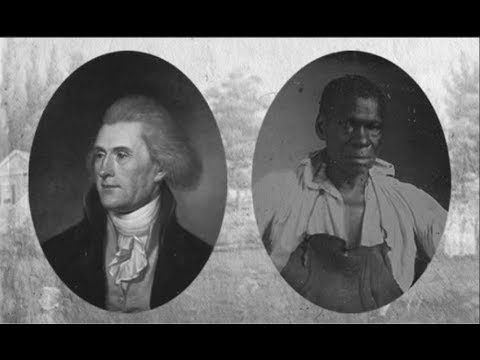Introduction
Minnesota, often hailed as a progressive state, has a dark history rooted in racial discrimination that echoes the infamous Jim Crow era of the South. Redlining, a discriminatory practice by which communities of color were systematically denied access to housing and other resources, gained prominence during the early 20th century. This article delves into the comprehensive documentary titled “Jim Crow of the North,” shedding light on how redlining and racism shaped Minnesota’s past and continue to impact its present.
Unmasking the Historical Context
“Jim Crow of the North,” directed by Daniel Bergin, exposes a part of Minnesota’s history that is often overlooked or purposely forgotten. The film examines how real estate developers, banks, and local authorities worked hand in hand to enforce racial segregation and limit economic opportunities for Black Americans from the 1930s through the 1960s.
Redlining: Systemic Discrimination
Redlining refers to discriminatory practices by federal housing agencies on maps indicating neighborhoods deemed “risky” for loans or investment based on race. In Minneapolis, these lines effectively blocked African American communities from access to quality housing options and contributed to generations of poverty.
The documentary showcases how city planners systematically targeted Black neighborhoods for industrial development, leaving residents surrounded by pollution while their property values tanked. This deliberate environmental injustice created a perpetual cycle of decay that impacted educational opportunities, health outcomes, and overall quality of life for Black residents in these areas.
Repercussions on Education
“Jim Crow of the North” also highlights how redlining impacted education in Minnesota. The systematic disinvestment in predominantly African American neighborhoods meant fewer resources were allocated for schools in those areas. Consequently, these students faced higher dropout rates, underfunded schools with crumbling infrastructure, and teachers who struggled to provide quality education without adequate resources.
Impact on Wealth Disparities
The ongoing effects of redlining are evident in the present-day wealth disparities between white and BIPOC communities in Minnesota. The documentary demonstrates that homeownership has long been considered the primary source of wealth-building in America. However, systemic racism stripped away this opportunity for Black Americans, particularly in Minneapolis.
The absence of equitable access to housing crippled the ability of African American families to pass on generational wealth and perpetuated economic disadvantage. “Jim Crow of the North” highlights how this wealth gap continues to hinder opportunities for upward social mobility among minority communities in Minnesota today.
Path Towards Healing
“Jim Crow of the North” showcases how acknowledging historical injustices is the first step towards addressing them. The film emphasizes the efforts made by activists, community leaders, and policymakers who have worked tirelessly to reverse decades of discriminatory practices.
Multiple grassroots initiatives such as affordable housing programs, homeownership assistance, and community revitalization projects demonstrate a commitment to rectify past wrongs. These efforts highlight that progress is possible when individuals unite against systemic racism.
Conclusion
Minnesota’s disturbing past marred by redlining and racial discrimination should not be forgotten nor brushed under the rug. Shedding light on these historical injustices through documentaries like “Jim Crow of the North” helps challenge societal norms and paves the way for an honest conversation about systemic racism, as well as fostering a more inclusive future.
While progress has been made, there is still much work to be done to dismantle oppressive structures and ensure equal opportunities for all Minnesotans regardless of their race or ethnicity. Understanding our history is crucial for charting a path forward where justice prevails over inequality and discrimination becomes a thing of the past.





